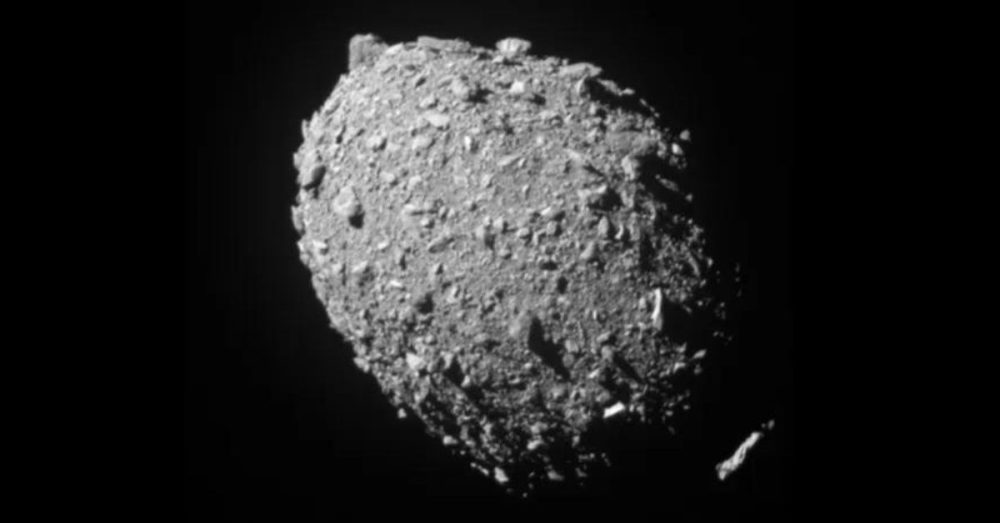Nasa’s 2021 Double Asteroid Redirection Test, aka DART, was the first-ever mission of the space agency dedicated to changing an asteroid’s path in space via kinetic impact.
The purpose of the mission was the stuff of Hollywood movies: planetary defense. NASA sought to practice deflecting an asteroid in preparation for a planetary body on a collision course with Earth.
The targets for the mission were an asteroid, Didymos, and its moonlet Dimorphos.
DART successfully made impact, and six months later, NASA was able to confirm that Dimorophos’ orbit had been reduced by 33 minutes.
CNN reports on the unintended consequences of DART’s impact, which may be around for many years to come. Here’s the start of the story:
Rocky debris blasted away from the tiny asteroid Dimorphos when NASA’s DART spacecraft intentionally slammed into it in 2022 could create the first human-made meteor shower known as the Dimorphids, new study has found.
The space agency planned the DART, or Double Asteroid Redirection Test, mission to carry out a full-scale assessment of asteroid deflection technology on behalf of planetary defense. NASA wanted to see whether a kinetic impact — such as crashing a spacecraft into an asteroid at 13,645 miles per hour (6.1 kilometers per second) — would be enough to change the motion of a celestial object in space.
Neither Dimorphos or the large parent space rock it orbits, known as Didymos, pose a danger to Earth. Still, the double-asteroid system was a perfect target to test deflection technology because Dimorphos’ size is comparable to asteroids that could threaten our planet.
Astronomers have used ground-based telescopes to monitor the impact’s aftermath for nearly two years, and they determined that the DART spacecraft did successfully change the way Dimorphos moves, shifting the moonlet asteroid’s orbital period — or how long it takes to make a single revolution around Didymos — by about 32 to 33 minutes.


